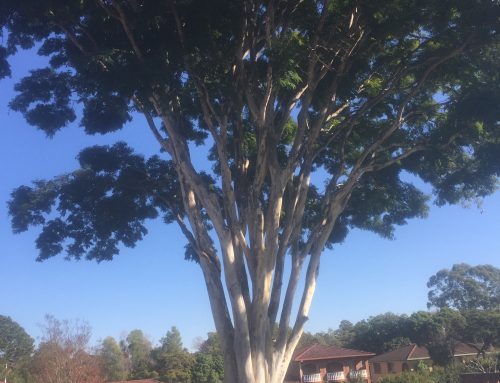Description
The flower bud of the African Tulip is small-shaped and contains water. Because of it’s ability to squirt water, children often play with them. They are also attractive to many species of birds. The sap sometimes stains yellow on fingers and clothes.
Species associations
In Neotropical gardens and parks, their nectar is popular with many hummingbirds, such as the black-throated mango (Anthracothorax nigricollis), the black jacobin (Florisuga fusca), or the gilded hummingbird (Hylocharis chrysura).[5] The wood of the tree is soft and is used for nesting by many hole-building birds such as barbets.
Geographic distribution
- Native to: Angola, Ethiopia, Ghana, Kenya, Sudan, Tanzania, Uganda, Zambia
- Exotic in: Australia, Bangladesh, Colombia, Costa Rica, Cuba, Fiji, India, Jamaica, Papua New Guinea, Puerto Rico, Sri Lanka, Zanzibar, Hawaii, Philippines
It has become an invasive species in many tropical areas such as Hawaii, Queensland (Australia), Fiji, Papua New Guinea, and the wet and intermediate zones of Sri Lanka.
S. campanulata is a declared class 3 pest species in Queensland, Australia, under the Land Protection (Pest and Stock Route Management) Act 2002.
Pests and diseases
The species is quite susceptible to butt and heart rot; the wood of the tree rots quickly when in contact with the ground.
Common names
- African tulip tree, fountain tree, Nandi flame, Nile flame, squirt tree, tulip tree, Uganda flame
Information sourced from Wikipedia




Leave A Comment